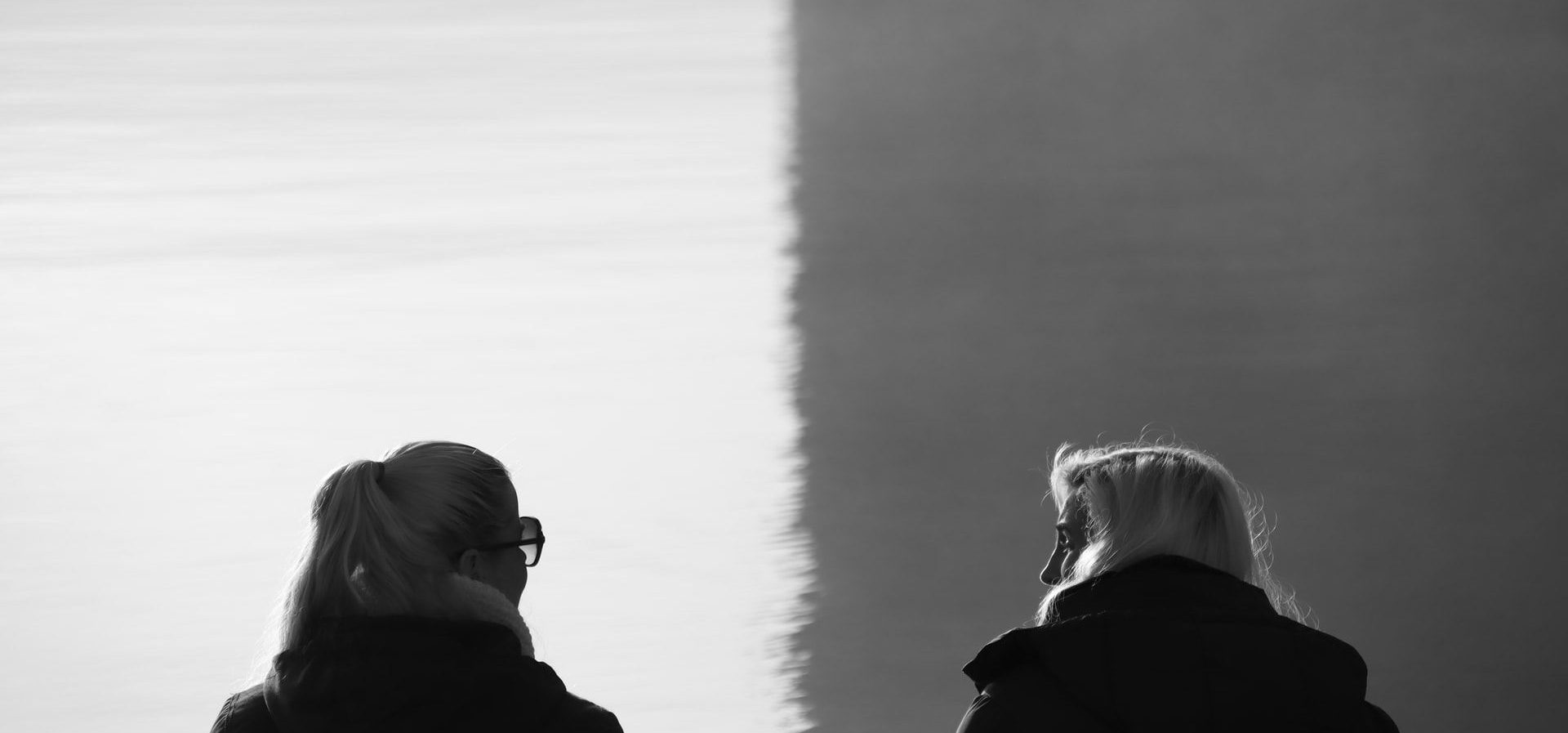From 6-7 July 2022, I was lucky enough to attend AdvanceHE’s Teaching and Learning conference, hosted at Northumbria University in Newcastle. In this blog, Part 1, I will discuss our experience of presenting at the conference, and in Part 2, I will detail my experience of peer mentoring in this conference.
The theme of this year’s conference was enhancing student success through student engagement, a topic my colleague Sarny and I are very interested in. Working in digital accessibility, this is something our team feels relates closely to our work. We were excited at our submission being accepted, if not a bit nervous!
Our presentation focused on a design thinking project that Sarny led on last summer. The project aimed to co-create a digital accessibility e-learning module, working with staff and students to design the course. Through the Empathise, Define, Ideate, Prototype and Test stages (Hamilton, 2020), we learned both about what our users want out of a self-paced e-learning module on digital accessibility, and about our own methodology. Sarny and I are writing a blog about our presentation, findings, and next steps, which will be published on the Learning at City blog soon.
Attending the conference also gave us the opportunity to participate in sessions hosted by colleagues at other UK universities and sometimes beyond. There was a mix of presentations, interactive workshops, and poster sessions, as well as some excellent keynotes. To make the best use of our time, we thought we would divide and conquer the sessions that most interested us. I don’t know how conscious this decision was, but the sessions I chose to attend related to two topics: the methodology of duoethnography, and peer mentoring practices.
Contents
Duoethnography, or, “gently offending each other with care”
I signed up for a session titled “Informing an inclusive curriculum by re-examining diversity, power and intersectionality, through duoethnography.” It was prepared by Dr. John Hills from Leeds Beckett University, Dr. Fevronia Christodoulidi from University of East London, and Professor Divine Charura from York St. John University, but presented only by the first. I do not have much experience in research methodology and was not familiar with the term duoethnography. I was curious as to what this research involved and how it contributed to the presenters’ practices.
Dr. Hills, Dr. Christodoulidi and Professor Charura, who are psychologists by training, undertook a piece of duoethnography research, where two or more researchers enter a dialogue on a social phenomenon through which they reflexively critique their own positions (Norris et al. 2012). The project sought to examine their power and privilege as authority figures in the therapeutic space.
The process
The duoethnographic process tends to be presented as idealised dialogue with people speaking in turns, where discussions can be recorded, and supplemented with artefacts including email threads, diaries, photographs, news clippings, art, poetry, music, etc. What interested me the most that, in this methodology, knowledge can be arrived at via difference than through consensus, and at many stages throughout. Research findings may be presented as a multiplicity of perspectives, on class, gender roles, race… it is more about what emerges than reaching agreement.
Listening to the presenters describe the process as “gently offending each other with care” … “a dance between the three of [us]” and “trust and being able to be vulnerable without needing to be rescued” was eye-opening. In their context, this process ultimately became a vehicle for therapist development – intensive, subtle, while “making the unconscious conscious.” Dr. Hills described how the presenters’ own presumption of neutrality is a blind spot within “the historic present” and something that became more apparent through this duoethnographic process.
Listening to their descriptions prompted self-reflection about my own practice as an educational technologist, especially in the space of digital accessibility. In a team that develops inclusive, compassionate, and kind practice while modelling this very practice, I began to wonder how prepared we are, truly, to break down the barriers amongst us in our “historic present.”
“A curriculum beneath a curriculum”
It would be interesting to see a duoethnographic research project involve educational technologists, examining our power with our communities versus our power over our communities. A project like this would enable us to create “a curriculum beneath a curriculum,” where we could utilise our social capital and begin asking the right questions, organising our study, and navigate our social systems to deconstruct any opposing views and dialogue. This could serve as a way of generating knowledge, thoughts, and ideas to create not just safe spaces, but “brave spaces” in our practice.
Going forward, there is lots to think about how we further develop our practice while investigating the domain of our own power and blind spots. As a target this year, I will explore this methodology of research more, with a view to craft a short, internal research project in the Digital Education team. Get in touch with me if you are interested in working on this in the near future.


Not one but two blogs. What a delight! I’m wondering how much stronger the Design Thinking methodology would be with a slice of duoethnography in the Empathy stage 🤔
sounds like a fascinating and also liberating research approach that would be useful for inspiring change.